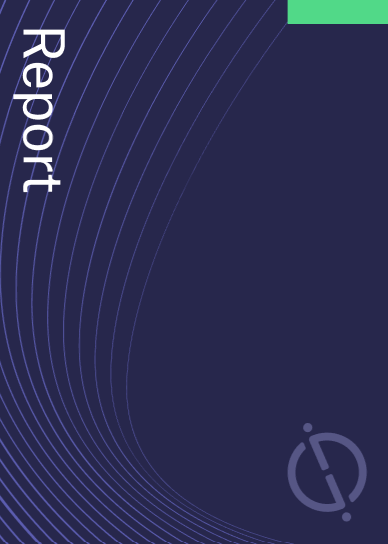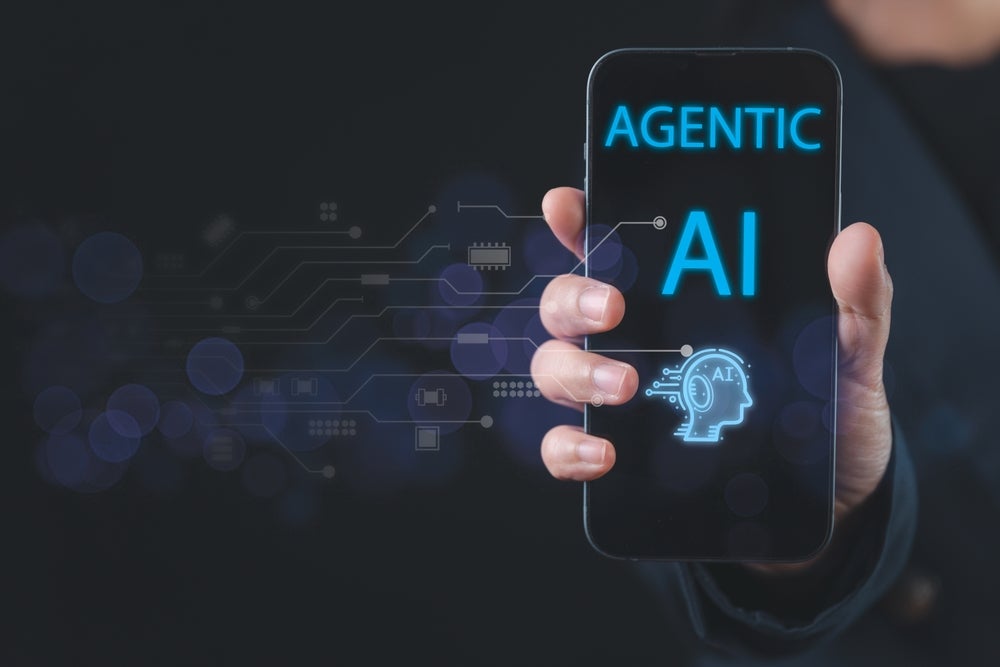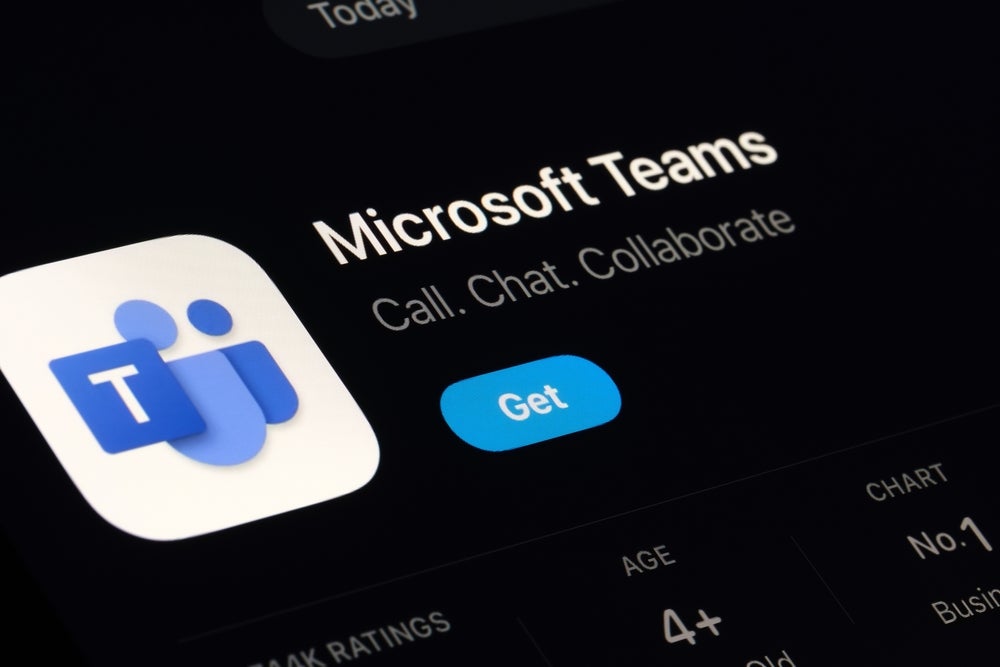VeriSign has been granted a patent for a system that resolves DNS requests by analyzing contextual data, applying resolution rules, and forwarding requests to a DNS resolver. The system, comprising processors and computer-readable media, efficiently resolves dotless domain requests based on contextual data and predetermined rules. GlobalData’s report on VeriSign gives a 360-degree view of the company including its patenting strategy. Buy the report here.

Access deeper industry intelligence
Experience unmatched clarity with a single platform that combines unique data, AI, and human expertise.
According to GlobalData’s company profile on VeriSign, EMV tokenization was a key innovation area identified from patents. VeriSign's grant share as of April 2024 was 55%. Grant share is based on the ratio of number of grants to total number of patents.
Dns resolution system based on contextual data and rules
The granted patent (Publication Number: US11943197B1) describes a system that involves a processing system with one or more processors and a memory system containing computer-readable media. The system is designed to receive dotless domain resolution requests from various devices, determine contextual data from these requests, select a resolution rule from a set of rules based on the contextual data, and resolve the dotless domain request by applying the contextual data and the chosen resolution rule. The contextual data can be extracted from a URL or a DNS request packet, encoded in a domain name, or included as metadata. The resolution rule is determined by comparing the contextual data with a contextual condition, which can include a wide range of parameters such as location, connection signal strength, device information, network details, and user data.
Furthermore, the patent also covers a method performed by a device with one or more processors, which involves receiving dotless domain resolution requests, determining contextual data, selecting a resolution rule based on the contextual data, and resolving the request accordingly. The method can be applied to requests from end-user devices, servers, or resolvers forwarding the requests. The contextual data extraction can be from a URL or a DNS request packet, and the resolution rule selection is based on the contextual condition. Additionally, the patent includes a non-transitory computer-readable storage medium with instructions for causing processors to perform the method described above, ensuring the efficient handling of dotless domain resolution requests based on contextual data and resolution rules.
To know more about GlobalData’s detailed insights on VeriSign, buy the report here.
Data Insights
From

The gold standard of business intelligence.
Blending expert knowledge with cutting-edge technology, GlobalData’s unrivalled proprietary data will enable you to decode what’s happening in your market. You can make better informed decisions and gain a future-proof advantage over your competitors.







